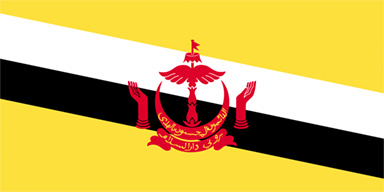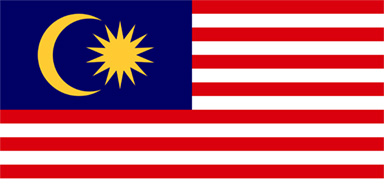
Research: Malaysia 02
Kuala Lumpur
2016.09.27 - 09.28
Kuala Lumpur means 'muddy confluence' in Malay. In late September during the team’s visit, Kuala Lumpur was experiencing the wet season with sudden showers and muddy streams flooding the rivers that pass through the city. The two-day survey reminded the team of the diverse energy brimming over this global city, and afforded each of the members with stories of artists who call Kuala Lumpur their home.
-
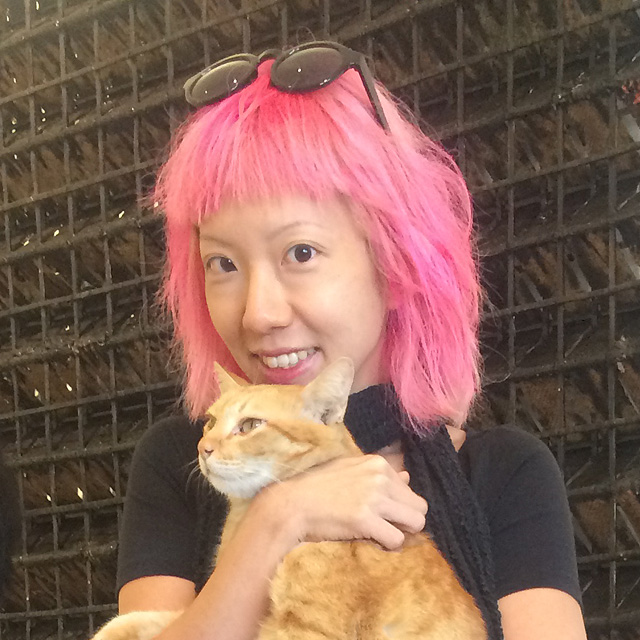 Ong Jo-Lene
Ong Jo-Lene -
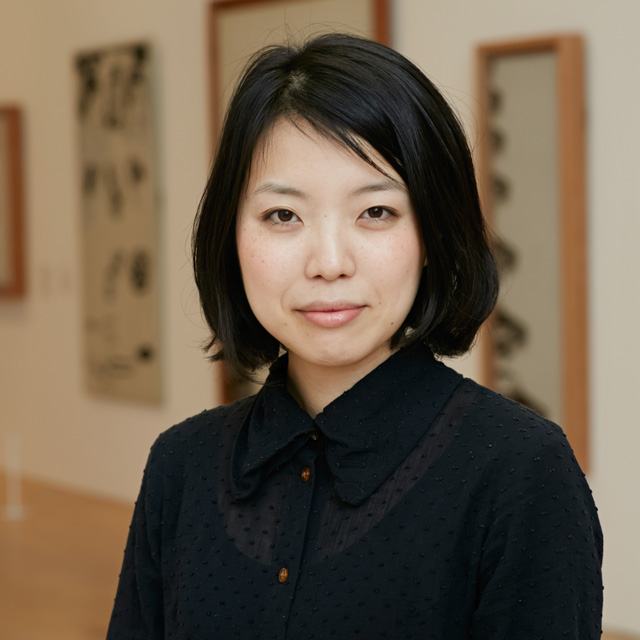 Haruko Kumakura
Haruko Kumakura -
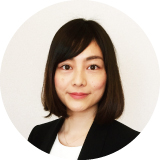 Sayuri Kida
Sayuri Kida -
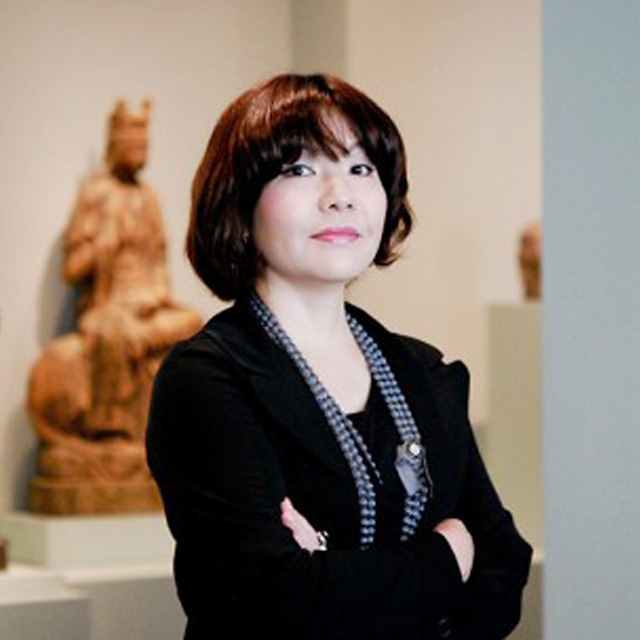 Mami Kataoka
Mami Kataoka -
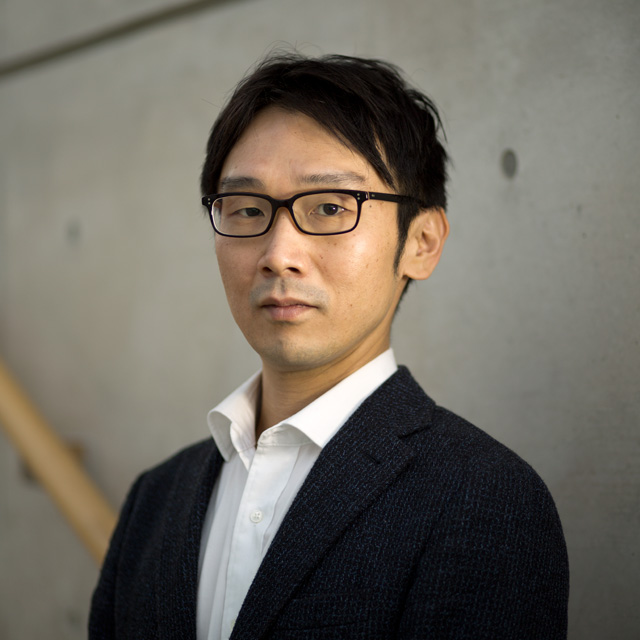 Naoki Yoneda
Naoki Yoneda
Overcoming Home
Malaysia was formed in1963 with the federation of Malaya, Singapore, North Borneo and Sarawak. Two years later, Singapore seceded and Malaysia today is spoken of and governed as two divisions, Borneo Malaysia(Sabah and Sarawak) and Peninsular Malaysia (Malaya). The emotional distance between East and West Malaysia runs wider and deeper than the South China Sea that geographically separates the two. It was only in 2010 that Malaysia Day commemorating the formation of federation on 16 September 1963 was declared a public holiday as the nation continues to celebrate its National Day on Malaya’s independence day on 31 August 1957.
This is one of the many issues festering in the undercurrents of Malaysian social, political, and cultural fabric that are always subtle and penetrating in its violence. Such is the specious deceit of social engineering, first by colonial British, then the ruling coalition that has held on to power since independence. Pick any one policy and it never seems very pernicious but it is in their imbrication over years that ensconced the behaviour of society. I am reminded of Ise (1972-)’s instructions when serving Nasi Kerabu, a dish of blue rice topped with assorted chopped herbs and greens, that one has to mess it all up together to get the “beauty.” While this has meant that Malaysia has missed out on currency prescribed by recent interest in contemporary art from Southeast Asia, it is perhaps a blessing that researchers are then required to swim a little closer if not deeper.
At the time of this project’s first Malaysia research trip, the team had not yet included myself nor the other three independent curators from the region. The museum curators and facilitators from Asia Center visited Sabah, Penang and Kuala Lumpur. They met with a spectrum of practitioners in the local art ecology - HOM Art Trans gallery that has its roots in MATAHATI collective, Five Arts Centre collective and company exploring interdisciplinary approaches performing arts, established artists who are mediators and mentors such as Wong Hoy Cheong (1960-), Yap Sau Bin (1974-) and Yee I-Lann (1971-), and several emerging artists and curators challenging the space and role of art such as Tan Hui Koon, curator at National Visual Arts Gallery and Pangrok Sulap, DIY punk collective in Sabah. This trip has been detailed in their report here.
Nearly two years after that, we came to the decision to make a second research trip to Malaysia. There are always works that require experiencing it in person and in the case of the Malaysian shortlist, quite a few had not been in the biennale circuit visited by many curators. We visited Liew Kung Yu (1960-)’s studio where his presentation gave us a better understanding of the context that gives the form of his kitschy photo-collage such power.
Chuah Chong Yong (1972-) who was a key member running the art space and studios of Rumah Air Panas had not been active since mid 2000s but had been making art whenever he found the time. Meeting him at his studio allowed us to walkthrough with him his archivist tendencies and keen apprehension of historical precedents that are key to better understanding the precepts underscoring his practice that engages with shared memory. We were fortunate to see countless slides documenting his ephemeral and relational works as well as folders of newspaper clippings entrusted to him by the family of his late mentor Joseph Tan (1941 - 2001).
Au Sow Yee (1978-) was co-founder and co-curator for 3 editions of KLEX (Kuala Lumpur Experimental Film and Video Festival). Her latest work, Kris Project is an expansive research and exploration of the mechanisms behind image-making and power. We met with her in Kuala Lumpur where she frequently returns to from Taipei and will soon launch Rumah Attap Library and Collective, to hear her talk about the strands of historical connections - cold war, nationalism, films, folklore, - that confluence into Kris Project.
Facilitating this trip for a group of professionals that consisted of curators of different specialisations including those who have worked in the region years before my own initiation to those visiting Malaysia for the first time, has given me emotional distance and many conversations that challenge and expand my understanding of art in my immediate and broader geography.
Chuah Chong Yong(1972-)
2016.09.27
Chuah Chong Yong, born in Kuala Lumpur in 1972, presents performances and art installations that explore the theme of visualizing or materializing lost cultures such as pre-war memories and abandoned houses.Meditation Painting (2008) which hung in the studio is made using the canvasses that was left to Chong Yong by his mentor Joseph Tan. The work was a five-canvased piece, measuring over four meters in length, and Tan was an artist during the dawn of Malaysian contemporary art who participated in the 1st Biennale of Sydney. After much contemplation on what to do with the work, Chong Yong began burning incense on the painting’s surface and using it for meditation from 2008. The surface of the canvas, upon close inspection, reveals grid-patterned burn marks left from the burned incense. Still ongoing, more than half of the canvas still remains untouched. When Chong Yong participated in the 2nd Fukuoka Asia Art Triennial (2002), he presented an art installation where several tens of houses made of incense were arranged in a circle and then lit on fire, revealing the frames hidden inside each of the houses. He then collected the ashes after the burned incense.
Ilham Gallery, the “ERA MAHATHIR”exhibition
2016.09.27
The Ilham Gallery, located between the 3rd to 5th floors of the Menara Ilham Tower and directed by Valentine Willie, hosts all kinds of [public] programs including exhibits and a small, free public art library. The ERA MAHATHIR exhibit held there during our visit was themed on the urban development and media reform during Prime Minister Mahathir bin Mohamad’s (1925-) administration (1981-2003). The Mahathir era was an important period of prosperity for art in Malaysia which represented the then-social environment in which artists pursued their artistic practices responding to the socio-political issues of the time. In the exhibition were Chuah Chong Yong and Liew Kung Yu, whose studios we visited, as well as Yee I-Lann (1971-) and the artists of the Five Arts Centre, whom the team interviewed during its previous visit to Malaysia. In addition, a wide variety of works were also featured from the newer works by rising artist Ise to masterpieces in Malaysian art history by Ismail Zain (1930-) and Zulkifli Yusoff (1962-). This exhibition, which gives a multi-layered reading of Malaysian history, engages with the complex reality of that time.
Liew Kung Yu (1960-)
2016.09.28
Born in 1960, Liew Kung Yu is an artist based in Kuala Lumpur. Using a wide variety of artistic means, such as painting, sculpture, and installations, he uncovers issues surrounding nationalism and identity. He is also involved in the preservation of Malaysian cultural properties and numerous community projects in cooperation with regional communities. Consisting of four works, each measuring more than five meters in width, his representative series Proposals for My Country (Cadangan-Cadangan Untuk Negaraku, 2009) is a massive, quasi-sculptural piece that consists of multiple layers of photo-collages and prints. For example, one work among the series is composed of photo-collages of public sculptures dispersed throughout Malaysia. By layering many of these images, Liew Kung Yu literally multiplies the public sculptures creating a unique perspective of the Malaysian cityscape. He was originally trained in graphic design, the influences of which are visible in many aspects of his works.
Au Sow Yee (1978-)
2016.09.28
Born in 1978 in Malaysia, Au Sow Yee’s practices consist primarily of video installations. After graduating from the Chinese Culture University, she earned her MFA at the San Francisco Art Institute. Once based in Taiwan, she currently continues her work in Kuala Lumpur. Using a video technique that fuses documentary and fiction, she revisits the history of Malaysia and Southeast Asia by connecting political issues, which were dominated by post-Cold War ideologies, with artistic expression. Actively participating in individual and group exhibitions in Asia, Aw Sow Yee has also presented her works in the Ko Nien-Pu “Flags, Transnational—Migrants and Outlaw Territories” exhibition held at Tokyo Wonder Site hongo in Japan in 2016. Her particular eye as a video artist allows her to expose or bring to the fore dimensions of history that had been overlooked or hidden throughout the years.
Special Thanks
Au Sow Yee
Chuah Chong Yong
Jaafar Ismail (Jeff)
Koichi Horikawa
Kyoko Kugai
Liew Kung Yu
Poodien
Rahel Joseph
Research
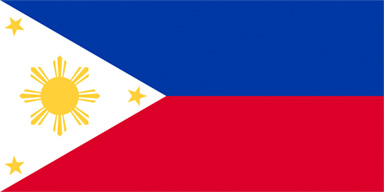
- The Philippines
- (2015.01.08 - 01.11)

- Malaysia
- (2016.09.27 - 09.28)
- (2015.02.06 - 02.11)
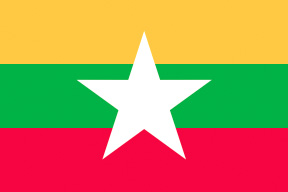
- Myanmar
- (2015.10.24 - 10.29)
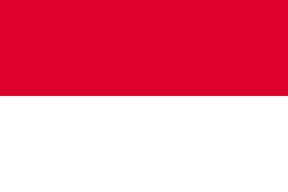
- Indonesia
- (2015.11.13 - 11.23)
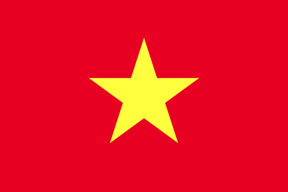
- Vietnam
- (2015.12.13 - 12.20)
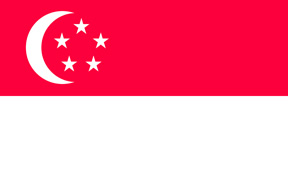
- Singapore
- (2016.11.08 - 11.11)
- (2016.01.21 - 01.23)
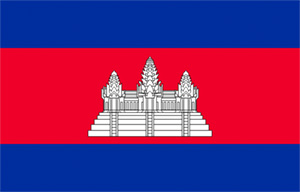
- Cambodia
- (2016.01.24 - 01.26)
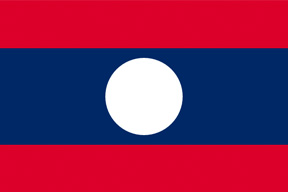
- Laos
- (2016.01.27 - 01.28)
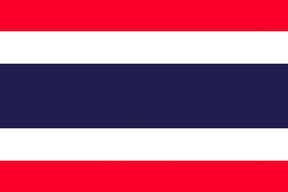
- Thai
- (2016.05.06 - 05.13)
